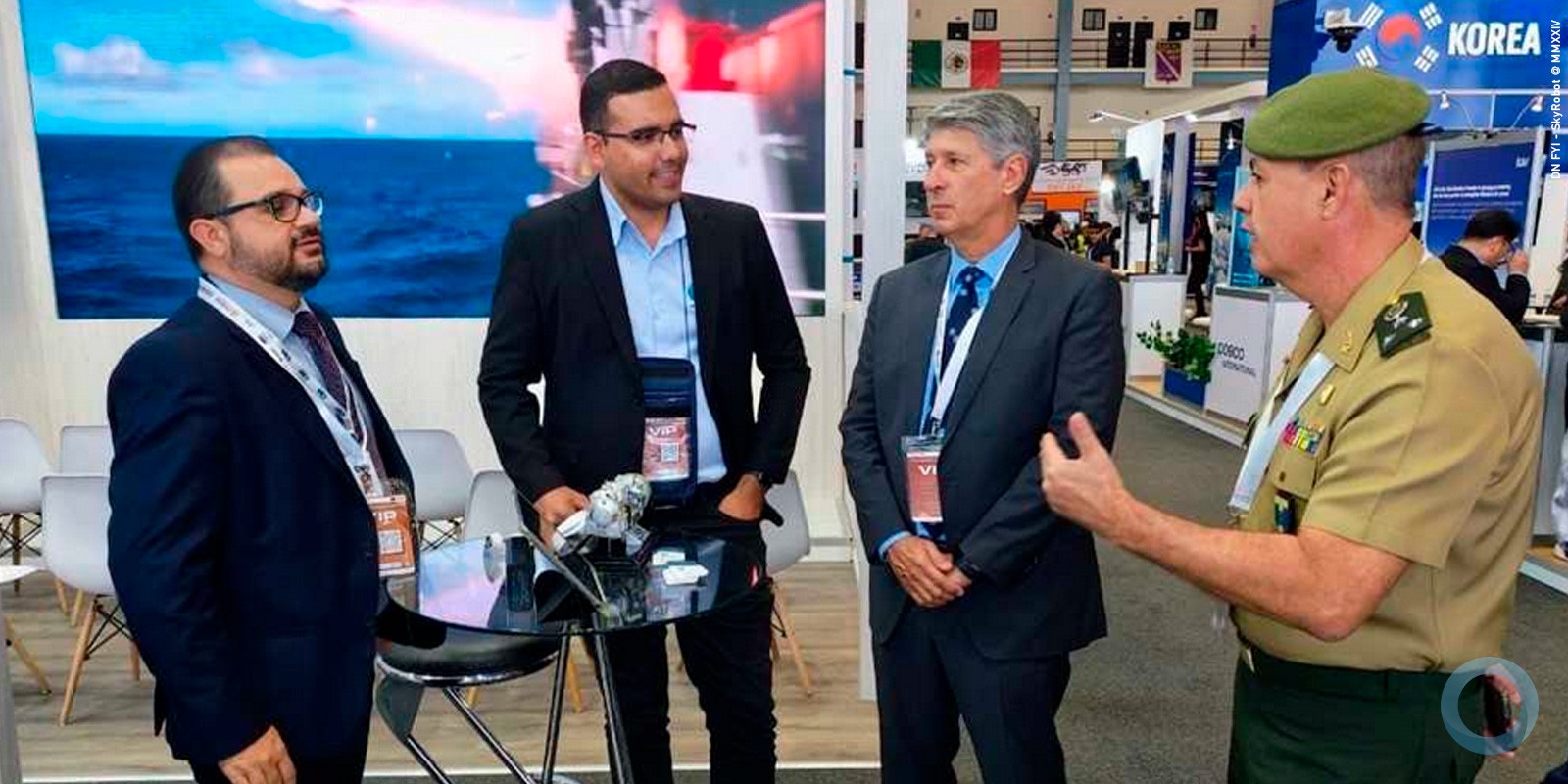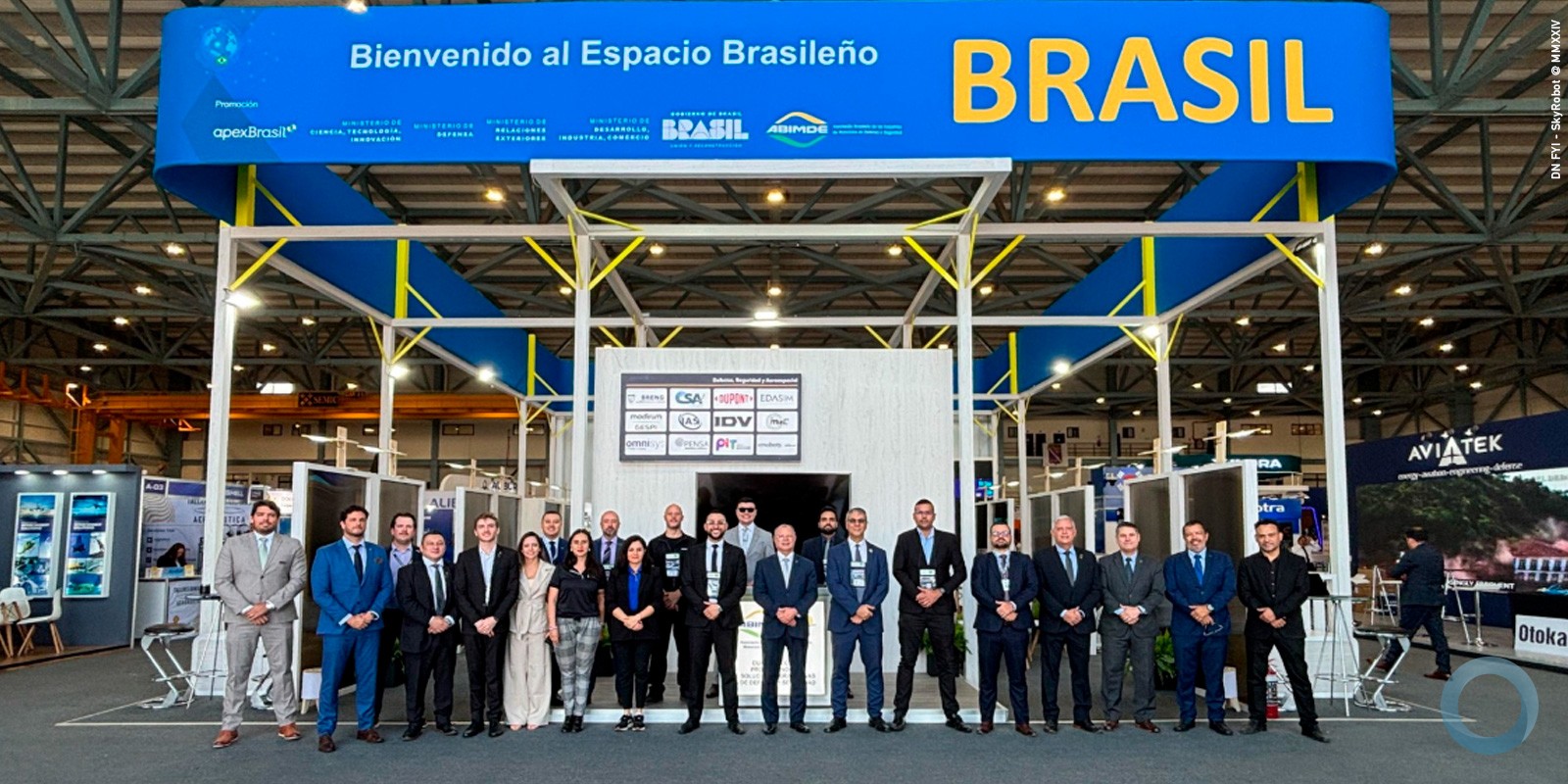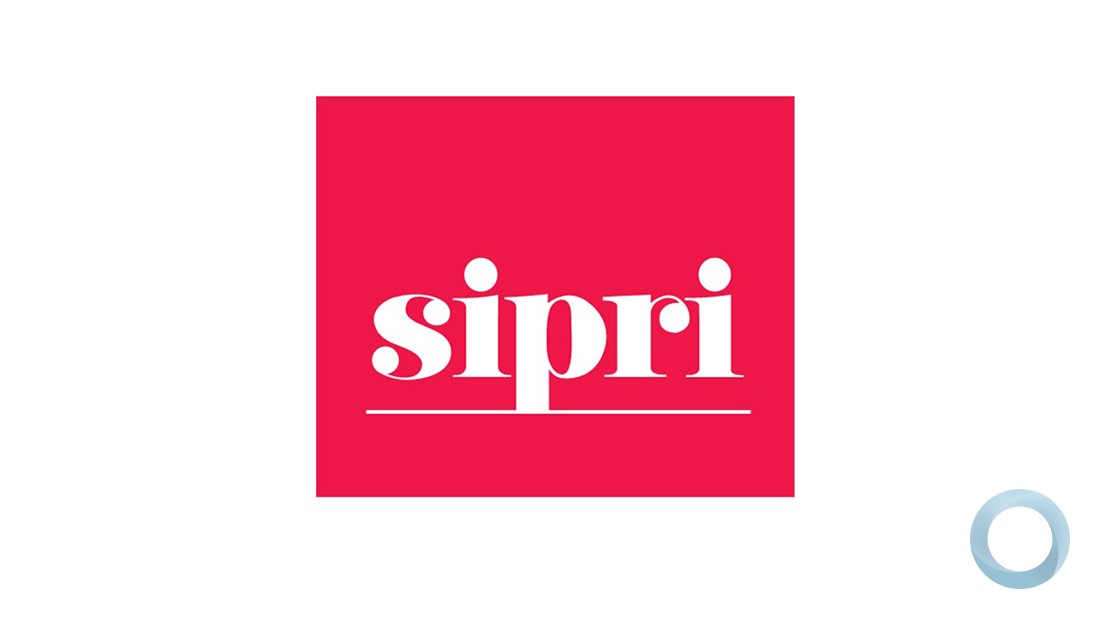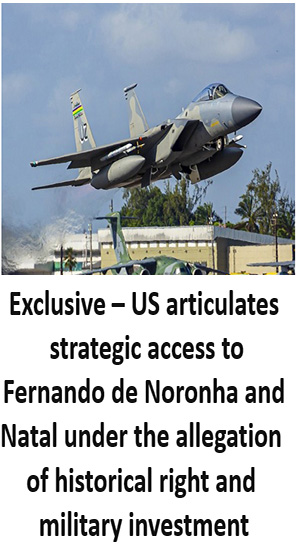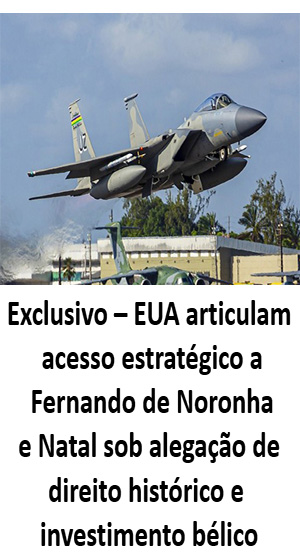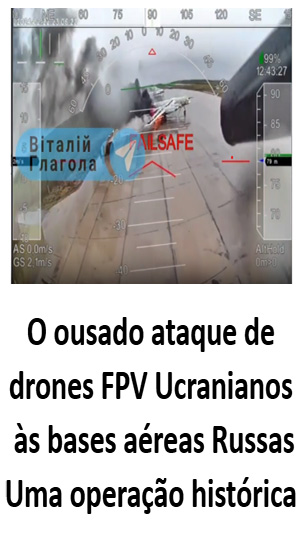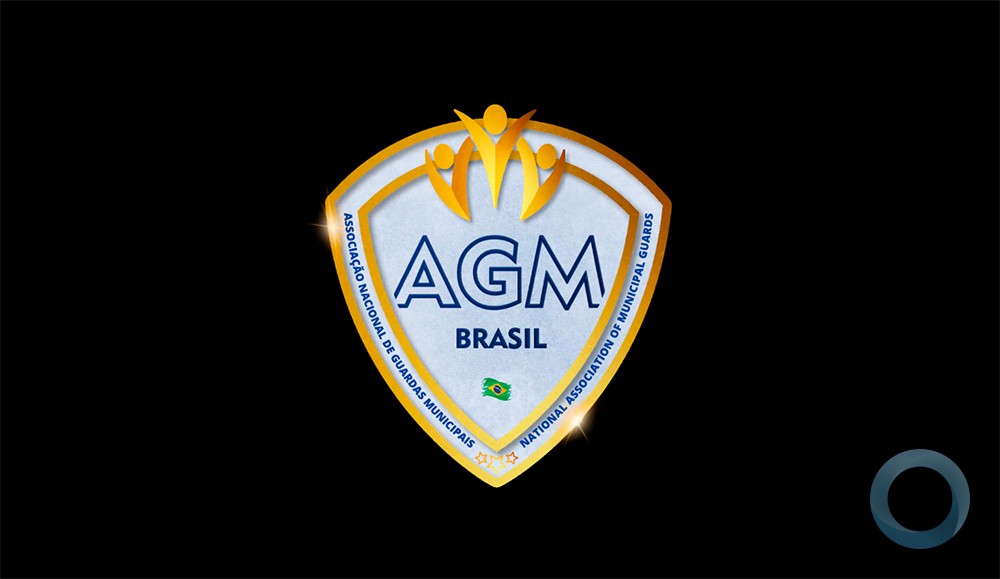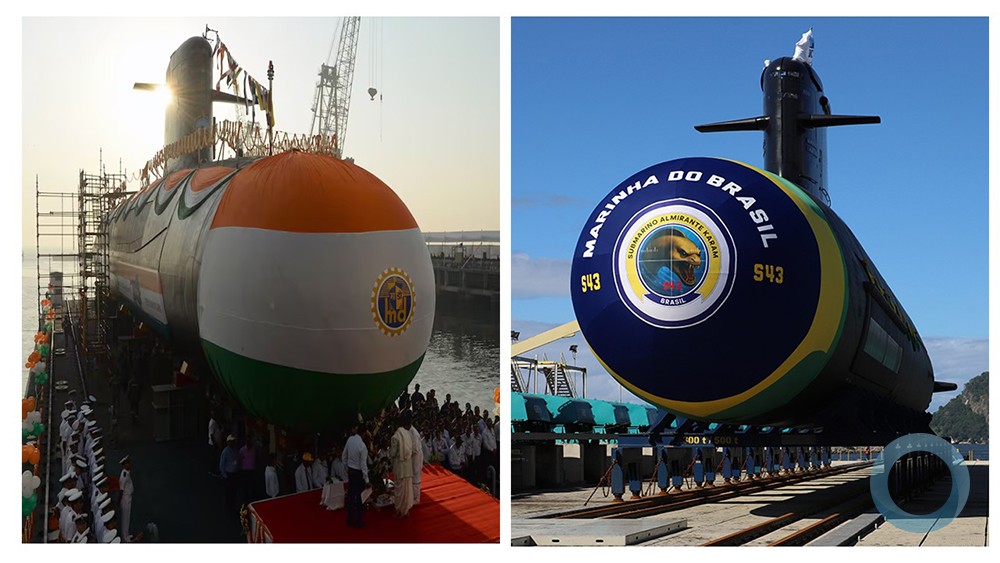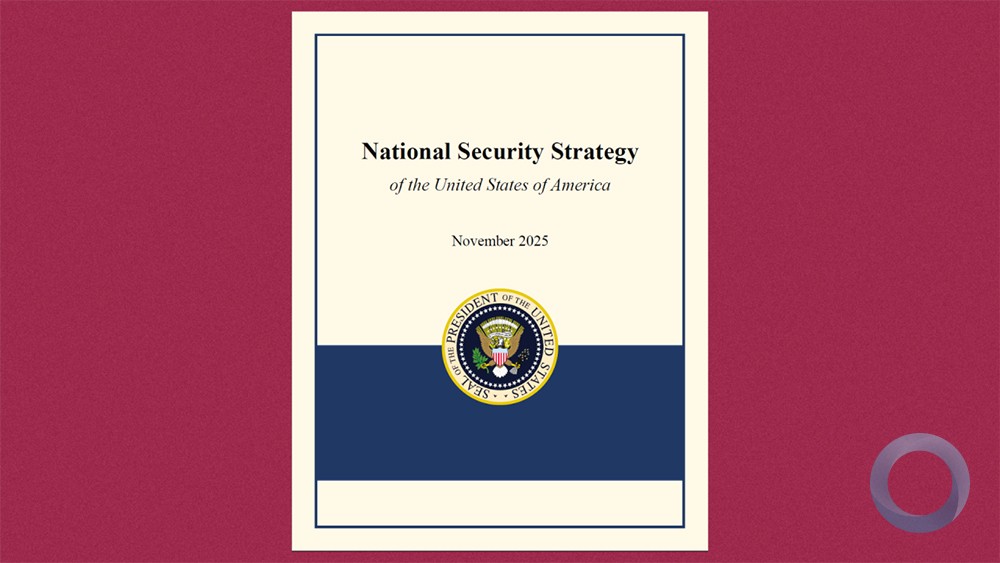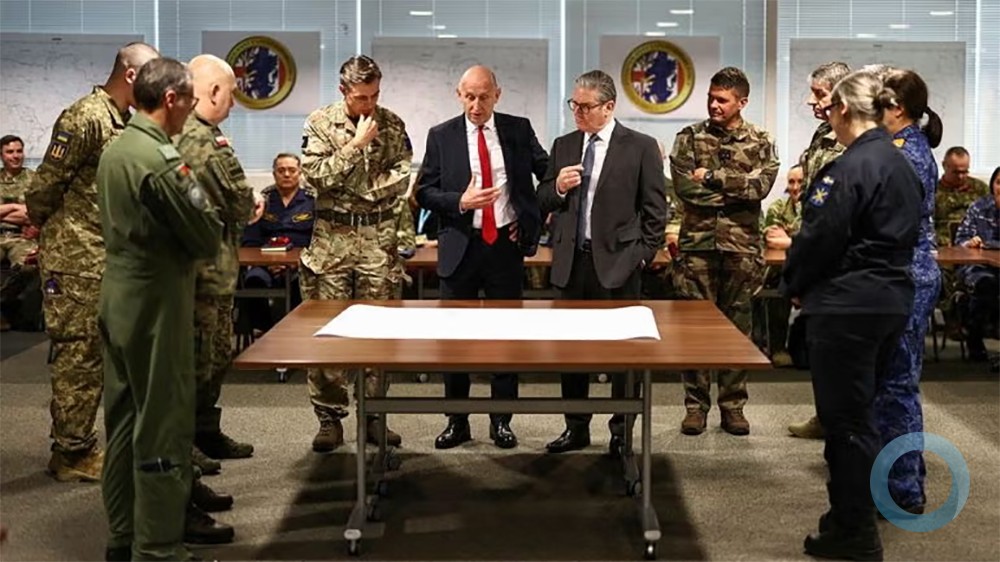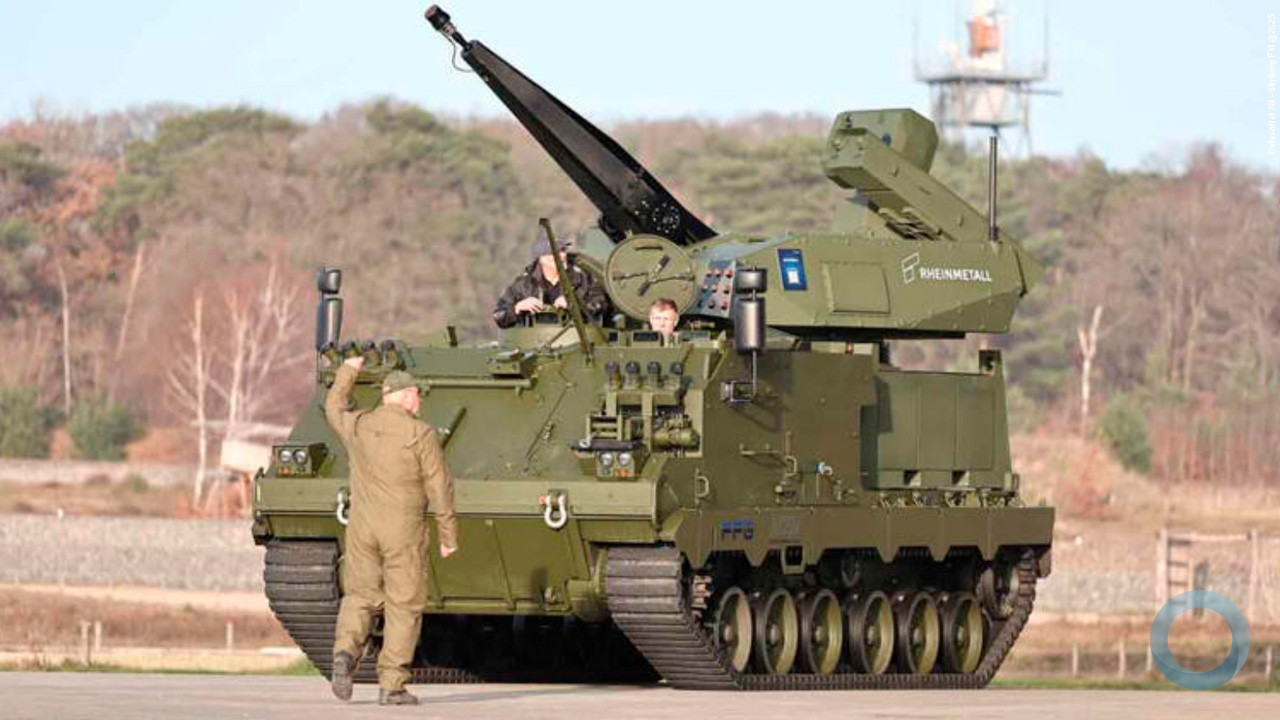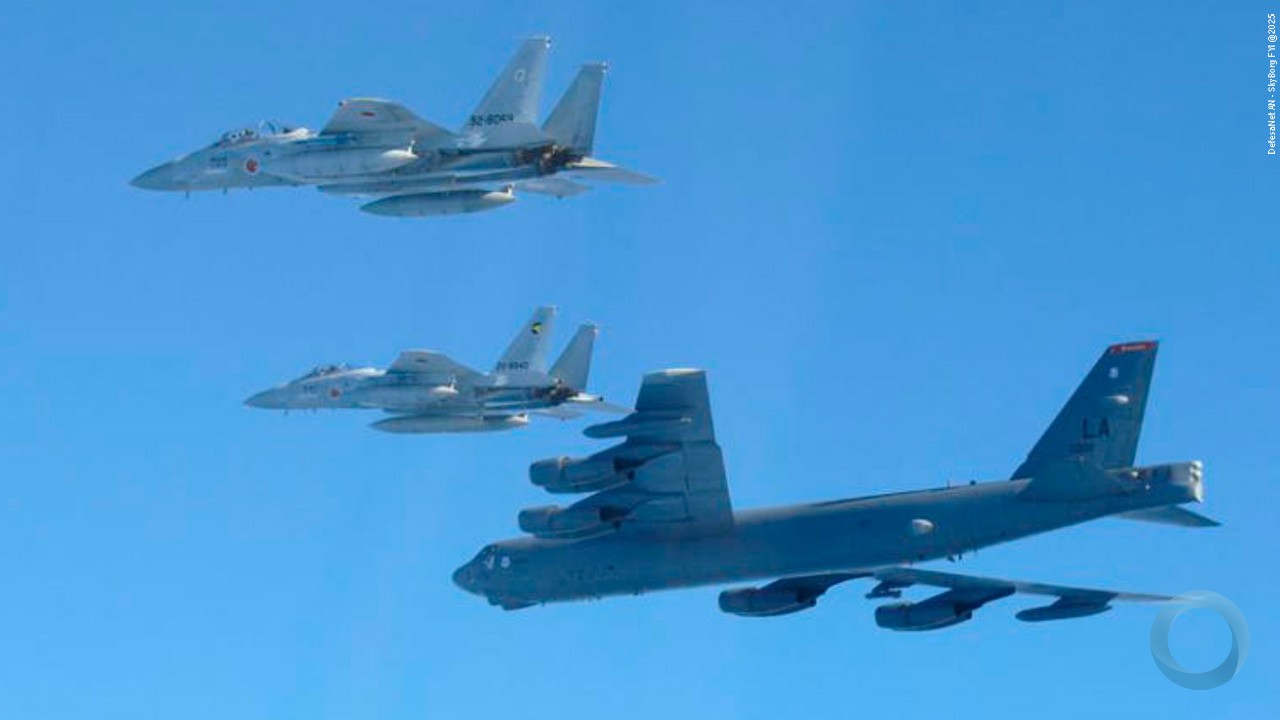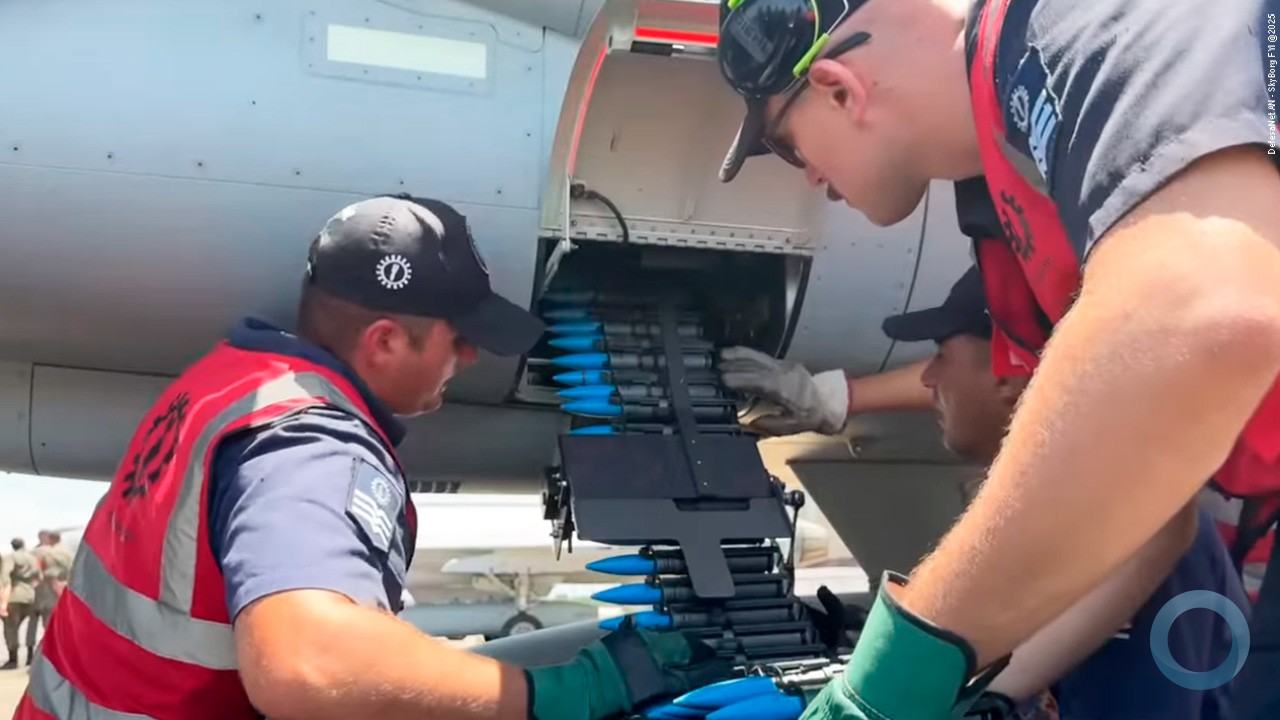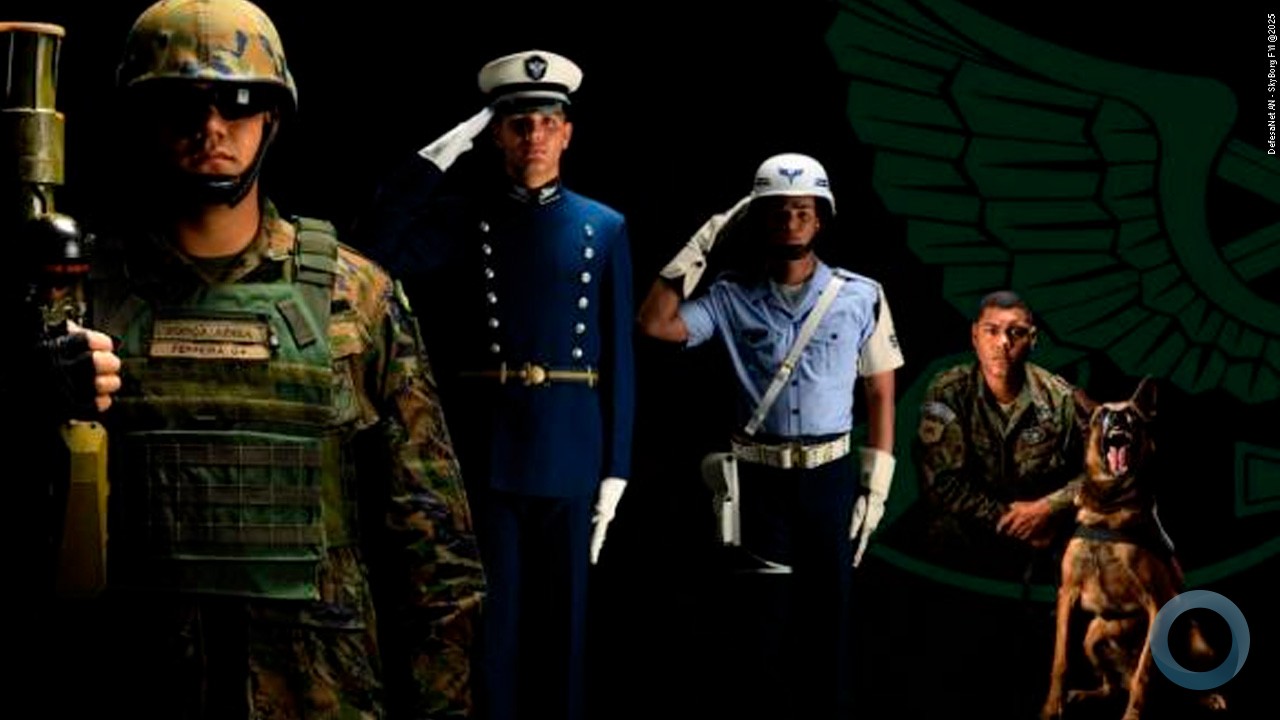Detect. Connect. React. The increasing digitalization of the modern battlefield poses challenges for the armed forces as well as offering opportunities. Reliable networking of systems and actors at multiple command echelons is very important given the decisive impact of information, command and fire superiority.
Turning its attention first and foremost to requirements at the mobile tactical level, Rheinmetall is creating solution concepts for the networked battlefield of the future. The Düsseldorf-based high-tech enterprise for security and mobility will be presenting a number of these at the AFCEA 2018 show, which takes place on 11-12 April in Bonn.

TacNet – Rheinmetall’s Tactical Management System
TacNet is Rheinmetall’s Tactical Management System (TMS). It is designed to meet the requirements of high-mobility operations at the tactical level, essentially serving as a command and weapon engagement system.
Basically speaking, TacNet is structured to ensure that troops on the ground, vehicles of all types and tactical ops centres all share a common operational picture. Objective-oriented movement, efficient communication and combat effectiveness define the basis for soldiers at the tactical level. A state-of-the-art command and weapon engagement system, TacNet supports these capabilities while simultaneously opening up new possibilities.
In revolutionary fashion, TacNet welds two different software systems into a single product family. The cross-sectional display and control device feeds directly into TacNet. This expands the operational spectrum of the software to all touchscreen-operated systems. Other means of entering data, e.g. via control handles, are also possible.
As an integrative system, TacNet networks platforms, sensors and effectors. It is compatible with other command & control systems and interoperable thanks to the use of internationally recognized standards. Uniform operating interfaces at all echelons and a clear focus on essentials make it highly efficient. TacNet requires no special communications infrastructure. Thanks to a role-based range of functions it is scalable and can be expanded via apps.
TacNet consists of a common software core. Moreover, it is modular in design. Specific characteristics are derived from a sort of tool box: TacNet Soldier for mobile operations conducted with mounted and dismounted troops; TacNet Vehicle for tactical vehicles; TacNet Command for mobile and stationary command posts; and TacNet Rotary for tactical helicopter providing close air support. Visitors to the Rheinmetall stand at AFCEA 2018 can familiarize themselves with TacNet Vehicle.

Gladius 2.0 – a new generation of soldier systems
Presented for the first time at DSEI 2017, Rheinmetall is also showcasing its new Gladius 2.0 soldier system at AFCEA 2018. Gladius 2.0 is a systematic expansion based on experience gained in the German Future Soldier – Expanded System (IdZ-ES) project. The Basic variant is the standard version for infantry soldiers. It comes with a smartphone that serves as the command computer, enabling participation in network-enabled operations.
The Advanced version encompasses an expanded array of capabilities for military leaders, including a second radio for communication with higher-echelon command elements. In particular, Gladius 2.0 is characterized by high scalability and flexibility. This means that other components can be easily connected to all variants on a plug-and-play basis. Augmenting the portfolio is the Light version, an extremely low-weight variant designed for special operators.
PanoView – the innovative visualization system for vehicle crews
Making its debut in 2017, PanoView is a new kind of visualization system that is especially well suited for use in armoured vehicles. It significantly improves situational awareness and command superiority. Based on cameras mounted on the vehicle exterior, this innovative concept transmits video in real time either to special goggles or to the main display.
Innovative is the quality and speed of the image processing technology. In effect, the vehicle crew can see “through the armour”. This lets them know what’s going on outside the vehicle. Additionally, the tactical information about the situation is fed into PanoView by TacNet as command and control system. However, the information base can also be extended by integration of platform sensors, e. g. Laser Warning System (LWS) or Acoutusic Sniper Location System (ASLS).






